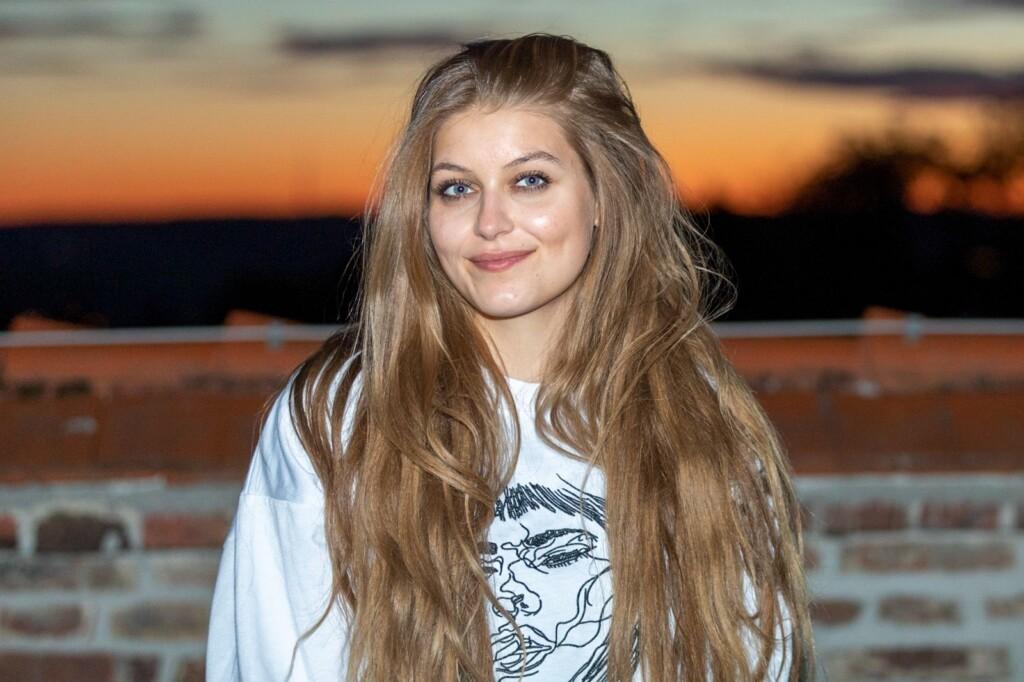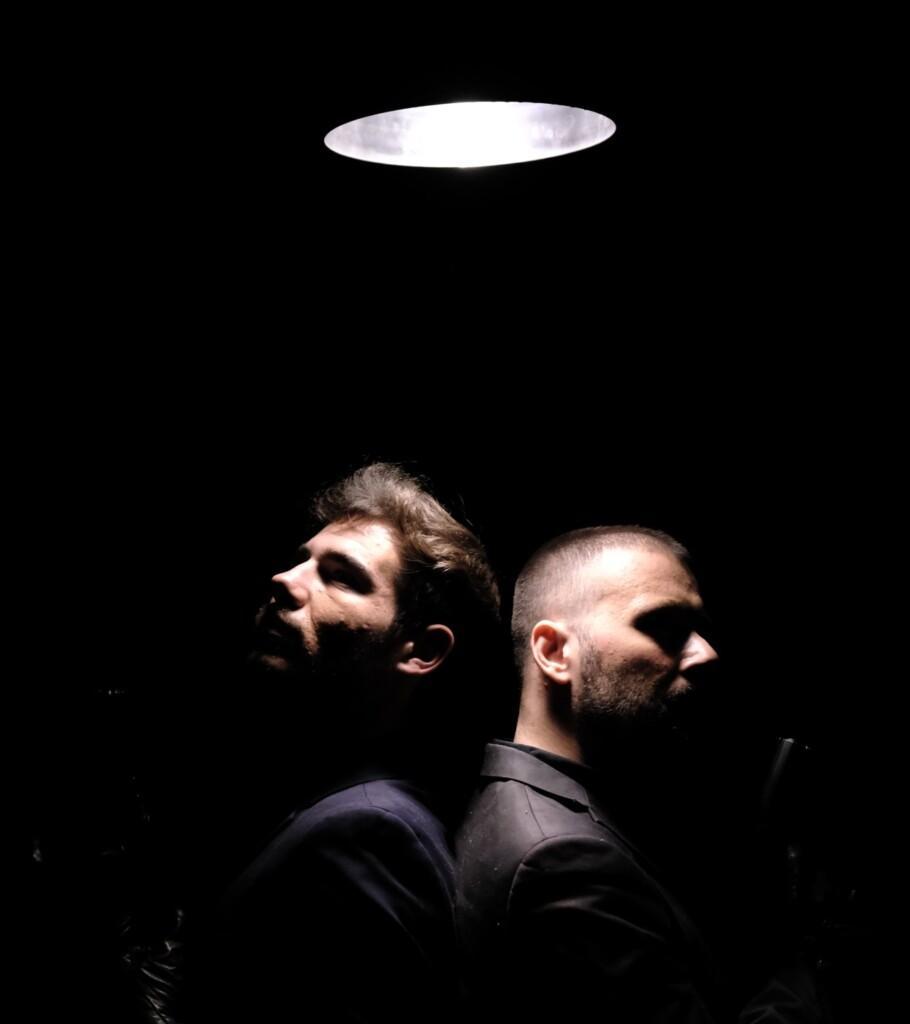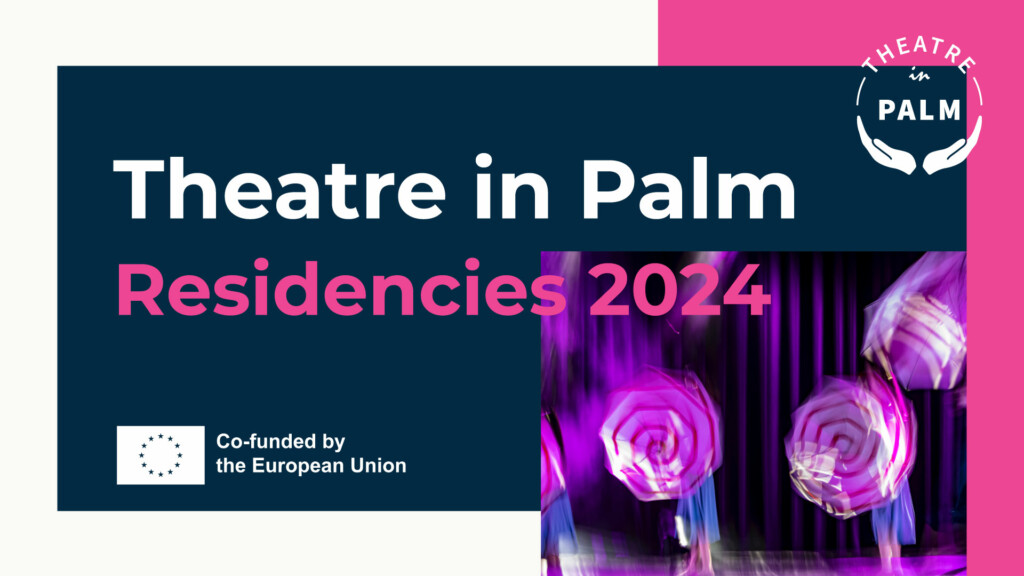RIPPLES and TIDES in the OUT- and the IN- SIDES
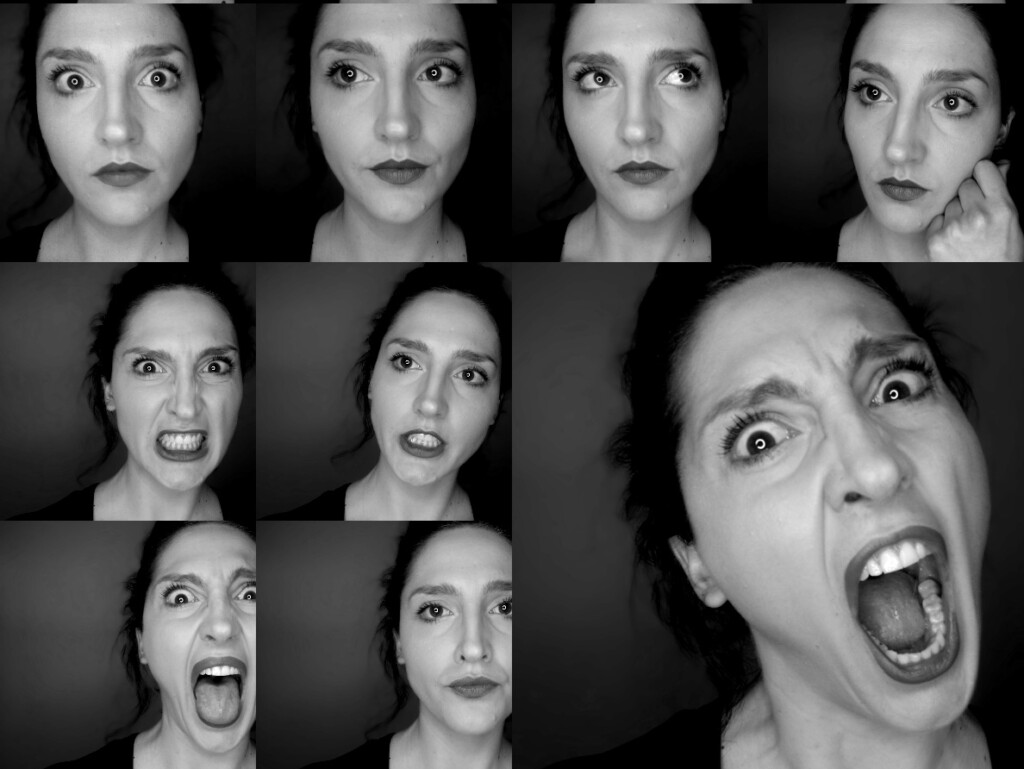
Writer is Sylvia Milton, participant of CUBE’s Residency
The theme of ecofeminism intertwined with the movements and meanings of water bodies resonates with my artistic research, concept and goals. It was thus a privilege to work on them during the program “Ripples of Change”, which I consider to have been a profound and challenging experience in my artistic path.
Ripple. A key word.
Three figures closely or loosely linked to feminism, ecofeminism and water have rippled in my conscience as I prepared for the residency: Virginia Woolf, Donna Haraway and Astrida Neimanis. Woolf’s language fluidly running through the cracks of a suffocating gendered society / her body dragged on the river bed; Haraway’s invitation to Stay with the Trouble (as she named one of her most famous essays), to survive, to make kins, to think-together (humans and other-than-humans) in this infected world; Neimanis’ conception that – in the end – all that exists is bodies water, with all its heavy political and ethical implications, with the toxic and nourishing elements travelling from body to body, with the capitalistic and the patriarchal paradigm polluting all of them but some more dangerously than others. These presences, their invitations, their voices, their images have been my companions whenever I was in dialogue as a body of water with the bodies of water of and in the multicultural, multilayered and multifaceted city of Thessaloniki, in solo or group explorations.
Exploration. A key word.
When I was awarded the participation in the residency I had an expectation for time schedules and sharing of group activities to be somehow more guided, intensive and collective; though dealing with the mixture of individual and shared articulation of activities and visions during the residency was challenging and epiphanic in the same breath. The invite to explore the city with a keyword in mind is a simple exercise that can activate the right mood in the right moment (or not… but that’s something else entirely). Training my focus and curiosity, planning and giving a time to “look-for-inputs” sessions is definitely something that will be absorbed in my individual practice and I will propose to participants during theatre classes.

Time. A key word.
How we use time as artists is definitely a big question that I will take with me in my practice and will explore more: what is time for an artist? What is the time of work and what is the personal time when we are in a research mood? How to put to good use the time-for-research and make it flow inside the time-for-production? Observing a flower blossoming at the edge of a street, following the movements of a person in a café or noticing how many different forms of water-flows one can spot in just one city-life afternoon is a part of our work. It is a training for our perception to be open, to welcome inputs, to make connections, whether obsessively looked for or just casually bumped into. To explore a theme/narration/story/urge needs time and the path to get somewhere is not always linear…
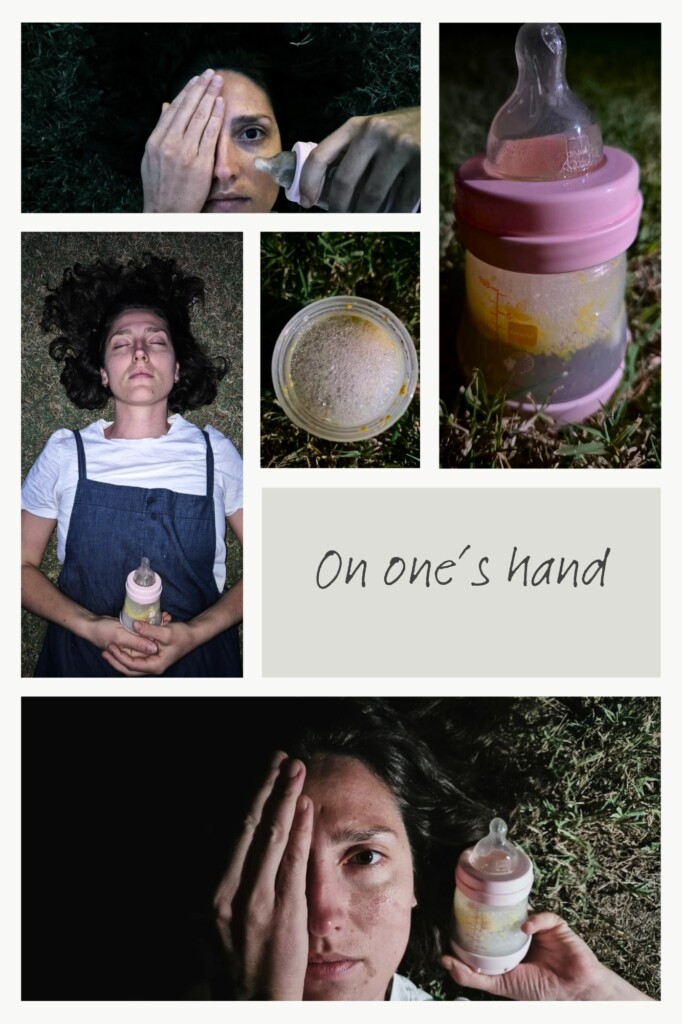
(Process. A key word)
… and sometimes the somewhere changes along the way… and sometimes obstacles are just an invitation to jump higher… or an advise take a moment to rest… an unpredicted incident can become an invitation to look at things from another point of view… to change plans… to go back… and sometimes you arrive just at the point you expected… and sometimes…
During the residency I found myself slipping in an ongoing process and research path that medusa-moved through different languages, styles and experiments. I slipped through the perception of all the beings as bodies of water (listening to Astrida Neimanis’ voice in a podcast) – crawled into the exploration of covered and uncovered water in the city – used photography as a partial testimony – video-recording – editing – sound-recording – I collected samples – Fell inside the political view of all the liquidity that “we (or… we+ maybe? as not all the “we” count the same and this is a political point “we” need to see)” are and are surrounded-by/made-of/separated-from – planned a picture – named the matters – wrote a statement – … – … – . In short, I stepped outside the comfort zone and opened a door to expand views and maybe integrate meanings, languages and practices in my artistic activity.
Group. A key word.
It was a pleasure to work alongside other artists coming from both similar and different paths, to share points of view, to discuss artistic concepts, to clash ideas and visions, to find solutions and making discoveries, to reverberate energies, to communicate and co-create. As an artist who deals with groups, often non professionals, working with theatrical tools, I find it interesting to explore group dynamics and to be open minded to the discovery of where the group dynamic can take you.
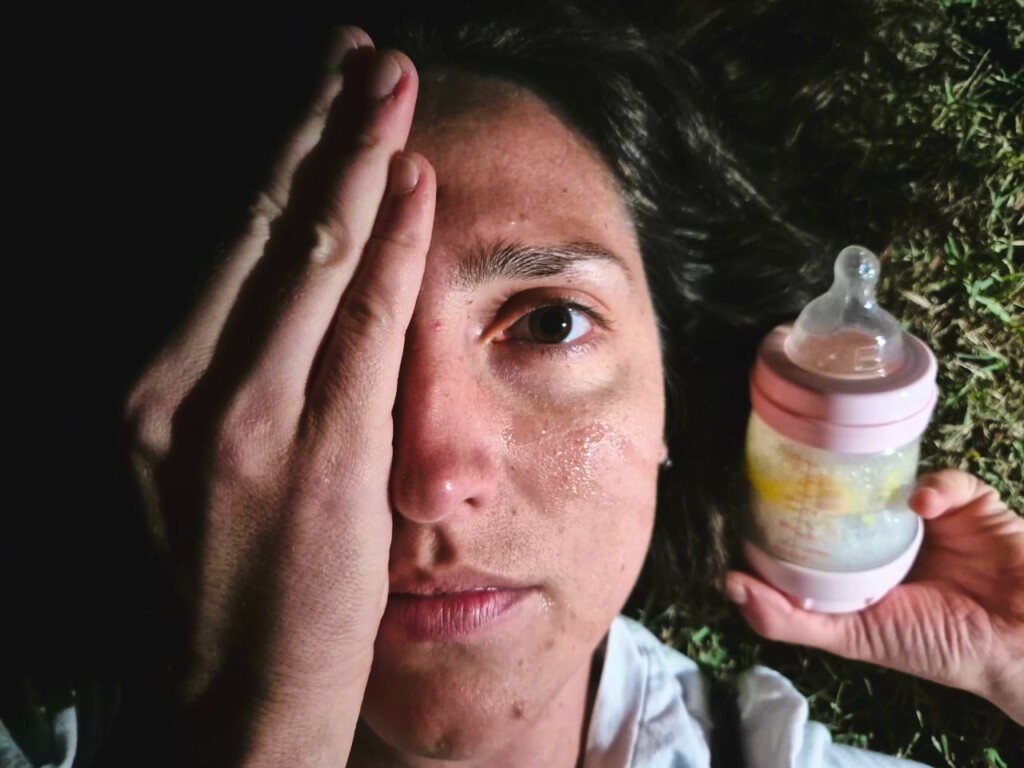
Encounters. A key word
As for the encounters with artists and researchers held during the program, I am grateful to all of them. A particular moment of brightness was for me the encounter with artist and researcher Meryl Murman. The profound narration of her project becoming-Fluid in dialogue with the hammam’s watery rituals, with the resonating bodies, with the women and female-identifying identities, the mingled religious and cultural backgrounds the public baths tradition come from… All of this was very inspiring and opened a door on perspectives of “performance” and “community” I am curious about and feel akin to.
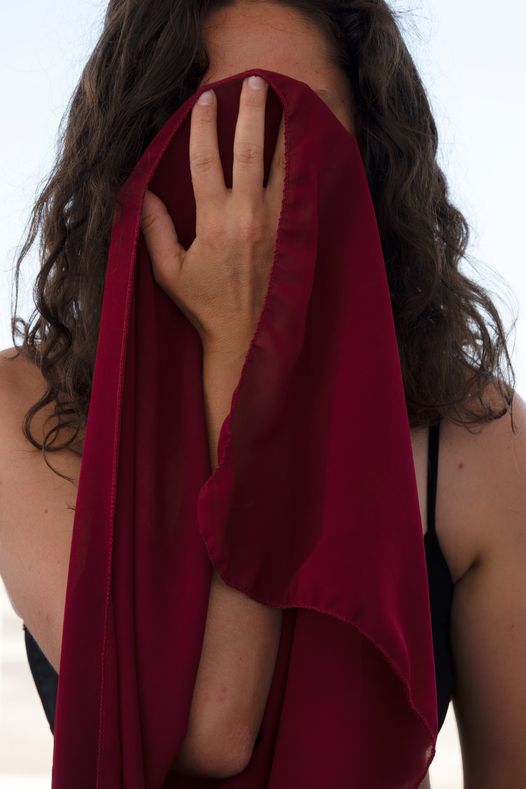
End. A circular concept.
Heraclitus said that you cannot step into the same river twice… Waterily standing with this conception of ongoing change, I see all the inputs, the outputs, the encounters and connections of these two weeks as pebbles in the flow. It’s not time to put fullstops, it’s time to make them reverberate.
